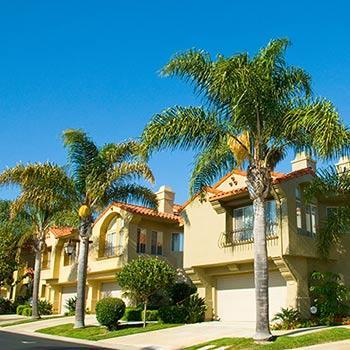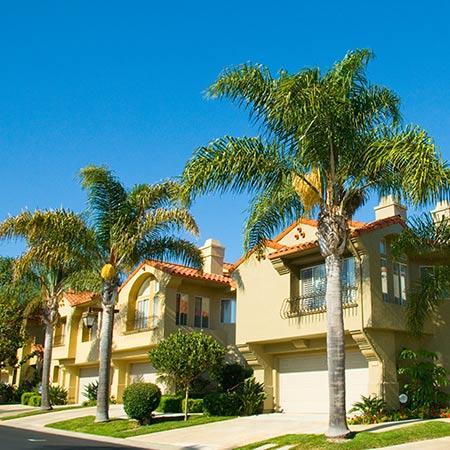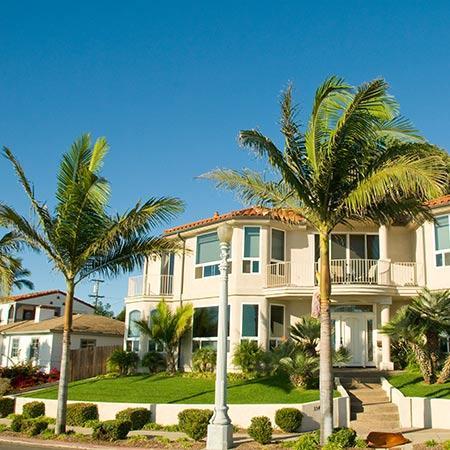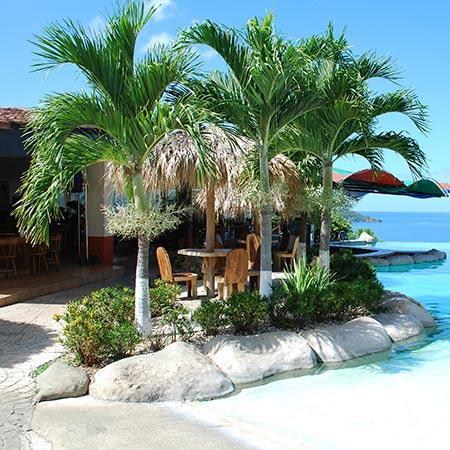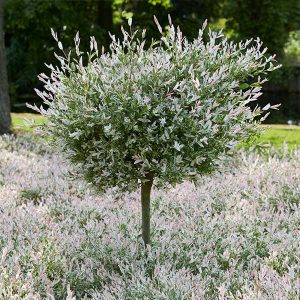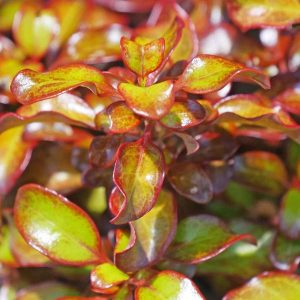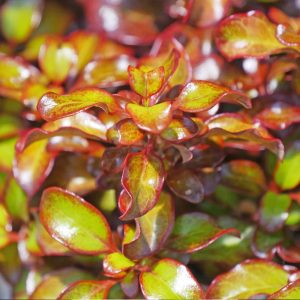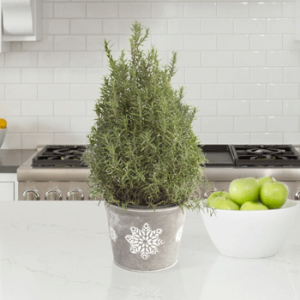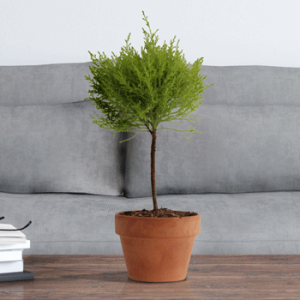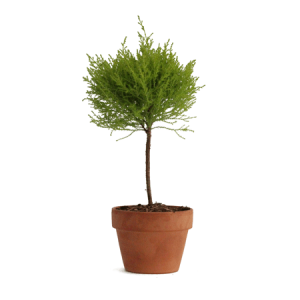Queen Palm Online now
- Estimated Delivery : Up to 4 business days
- Free Shipping & Returns : On all orders over $200
The Queen of Tropical Palms
Fast-growing and ultra-elegant, Queen Palms will turn any landscape into a tropical getaway.
First of all, they wow with long, vibrantly green leaf blades and small orange fruit for an exotic look. They re perfect by the pool, deck or as accent trees for your garden.
And its arching crown is exactly that: the Queen Palm s stature and regal silhouette are second to none. Plant it and watch it take off! Before you know it, the Queen will be reach heights around 50 feet.
In fact, they grow tall enough to be seen from across the neighborhood. Island-inspired luxe? Check. Best of all, this low-maintenance, pest resistant and overall hassle-free tree will provide a one-of-a-kind look for generations.
Royal and ravishing, the Queen Palm is undeniably unique. Order a Queen Palm (or two) before they re gone!
Planting & Care
The Queen palm (Syagrus romanzoffiana) is a lovely addition to any tropical landscape. It can also be used as a hardy potted plant to bring the feel of the tropics to your home or office. Growing outdoors in USDA zones 9-11, they will quickly reach a height of up to 50 feet in the ground with fronds spanning 15-20 feet across. The palm can also be successfully planted in a container but will limit the mature size of the tree.
Selecting a location: Queen palms are full sun plants but do not require a lot of space for their roots. They can be planted in narrow strips of land only needing 3-4 feet of space. Queen palms perform best in acidic, well draining soils. In alkaline soils they will experience macronutrient deficiencies. You can test the pH of your soil and adjust accordingly.
Planting Directions (in ground): Once you have found your ideal location, with lots of light and a little protection from drying winds.
1) Dig a hole that is 2-3 times the width and just as deep as the root ball.
2) Amend what you will be backfilling the hole with an acidic soil, such as a palm, or an azalea soil. That will help to lower the pH in your planting area.
2) Handle your palm tree carefully when placing it in the hole. Be especially careful of the tree’s roots and the bud (or heart) because this is where your Palm Tree’s new growth will come from.
3) Place the tree in the hole making sure the top of the roots are level with the surrounding soil. Tamp down as you fill in the hole to prevent air pockets from forming.
4) Water the planting site and then mulch to conserve soil moisture.
Planting Directions (potted):
1) Choose a container that is 1-2 times larger than the container that the plant initially arrived in.
2) Use a quality acidic potting mix such as a palm or citrus mix.
3) Fill the container part way and place the palm in the container so that the soil is just below the top of the container and fill the remainder of the way.
4) Water until the water just flows through the bottom, keep the plant slightly moist but not wet.
Watering: Watering for the first several months after planting is critical to the overall health and successful growth of your palm. Be sure to use water that is salt-free to avoid leaf yellowing spotting. Keep a watchful eye on the soil, make sure there is enough moisture present to prevent it from drying out completely. That being said, you also need to make sure that you don’t over water, which could lead to root disease and limit the establishment of new roots in the surrounding soil. The typical rule of thumb with palms is to water once a week or more often as necessary, with less watering required during the dormant period in the winter.
Mulch: To help enrich the soil and reduce growth competition from weeds, apply a heavy mulch around the trunk, using wood chips, cypress bark or lawn clippings. This will also help to reduce water consumption.
*Stakes can typically be removed after a year of planting. A good way to determine if your tree ready to stand on its own is to shake the center, if the root ball has no movement then your tree is ready to stand on its own. Birch trees have shallow root systems and need time to properly establish.
Fertilizing: Nutrients are vital for Palm trees to thrive. The sandy, well-draining soils they prefer have a tendency to allow nutrients to leach away quickly. You can apply palm fertilizers that contain the specific nutrients most suited for palm trees. The slow release of these nutrients will provide consistent, targeted feeding to help your tree grow strong and healthy. If you prefer, you can use a balanced fertilizer containing 8-8-8 or a 12-6-12 fertilizer formula for quicker growth. To avoid yellowing and maintain a healthy shade of green coloring, feed your tree a few spoons full of Epsom salt.
| Size | 3 Gallon, 2-3 ft., 3-4 ft., 4-5 ft., 5-6 ft., 6-7 ft. |
|---|
